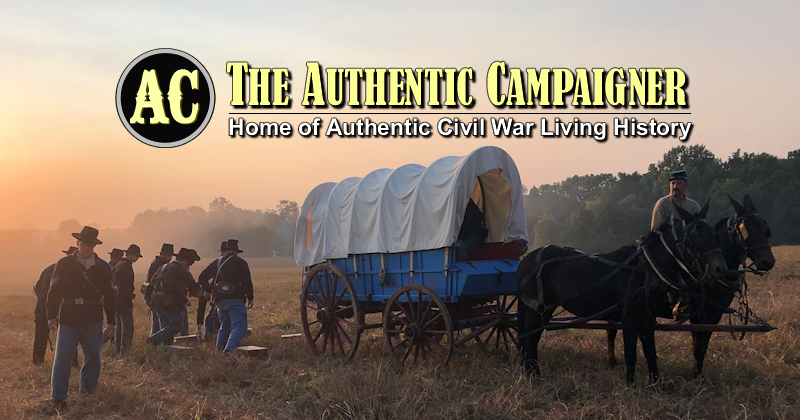I ran across this British Enfield Cartridge Box...
I'm not a cartridge box expert… (I'm lucky to have an excellent reproduction Enfield box)
What caught my attention was the closing tab shown with sewing on the OUTSIDE of the outer flap!
Is this something out of the ordinary?
Respectfully:
Kevin Dally
I'm not a cartridge box expert… (I'm lucky to have an excellent reproduction Enfield box)
What caught my attention was the closing tab shown with sewing on the OUTSIDE of the outer flap!
Is this something out of the ordinary?

Respectfully:
Kevin Dally




 )
)
Comment